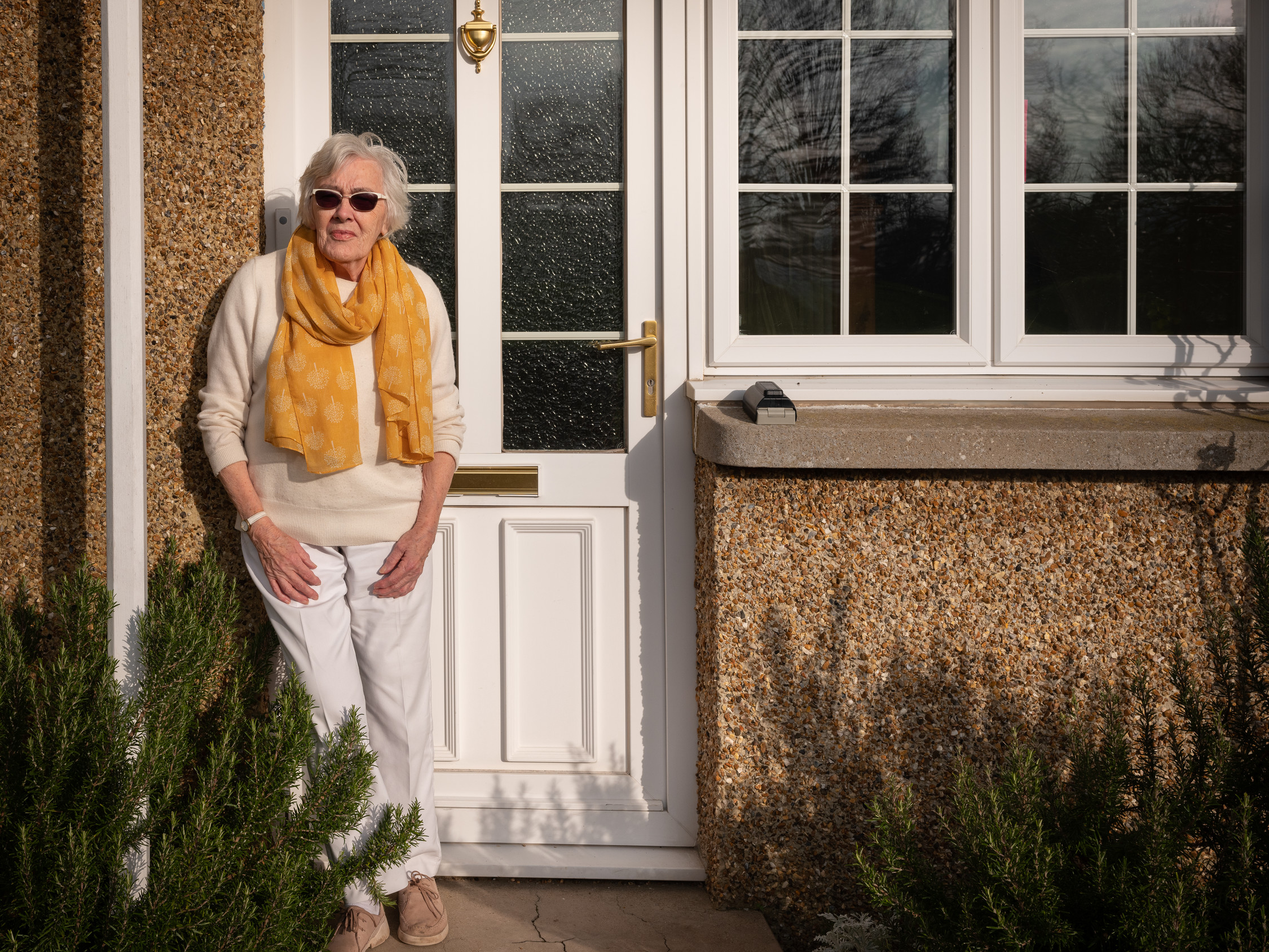AAA members The Older People’s Housing Champions have been having their say on what the Government’s taskforce should be recommending. By Tony Watts OBE
It wasn’t the most auspicious of starts. When, in May of this year, the Government announced the 19-strong membership of the new taskforce designed to boost suitable housing options for older people”, there was one group conspicuously given no direct representation: older people themselves.
After some fierce lobbying, the national Older People’s Champions Network, originally set up by Care & Repair England, is managing to gets its voice heard through being part of the Housing & Ageing Alliance, and our chair Joan Rutherford has been leading the “People” stream in bringing together a collaborative response from members… while I and another member, Alan Gowers from the North East, have also been taking part in meetings.
In addition, we have been making our opinions known directly through the online consultation process.
What needs to happen?
So what DO we think needs to happen to achieve “to ensure the housing market works for older people, now and in the future, and gives them greater choice in where they choose to live?”
When the Champions submitted a response to the government consultation, the key issues we raised were:
- the lack of decent, affordable, accessible and energy-efficient housing, particularly in the North of England, which has a higher proportion of non-decent homes (22%) compared with London/SE (17%) and the England average (20%);
- that low-income older home owners are the most likely occupants of non-decent homes, particularly in the North;
- that the main reason homes fail the Decent Homes standard is the presence of a Category 1 hazardand that the two commonest Cat 1 hazards are ‘falls risk’ and ‘excess cold’, both of which have a disproportionate impact on older occupants’ health;
- that there is no government policy to tackle the condition of the current housing stock;
- that there is a shortage of accessible / wheelchair accessible new homes to meet the needs of disabled olderpeople. Nationally, only 9% of current housing stock meets the most basic standard of accessibility;
- that Local Planning Authorities regularly refuse proposals for older people’s housing because of local objections. There is little understanding of the need for suitable accommodation;
- there is often a lack of in-depth consultation with older people at the pre-app stage, resulting in applications not meeting local needs and being refused: greater co-design and co-production would address this;
- that there is inadequate support for older people to inform them about their housing options which may mean that people remain in homes that are unsuitable for their needs;
- that the design of new homes should take account of the requirements of people living with dementia and other neurodiverse conditions;
- greater emphasis needs to be made on creating schemes where members of minority groups will feel included and welcomed.
What next?
An interim report from the taskforce chair Professor Julienne Meyer is expected in the new year. She and her team have been working hard visiting schemes all over the country, and talking to residents as well as providers. And with her background in care, there is every hope that she will understand the need for more home providing homes with support to help reduce costs to the social care and health systems, as well as measures to give older people more independence in their own homes.
Will those recommendations be accepted and, more importantly, acted upon? As they say, watch this space…
